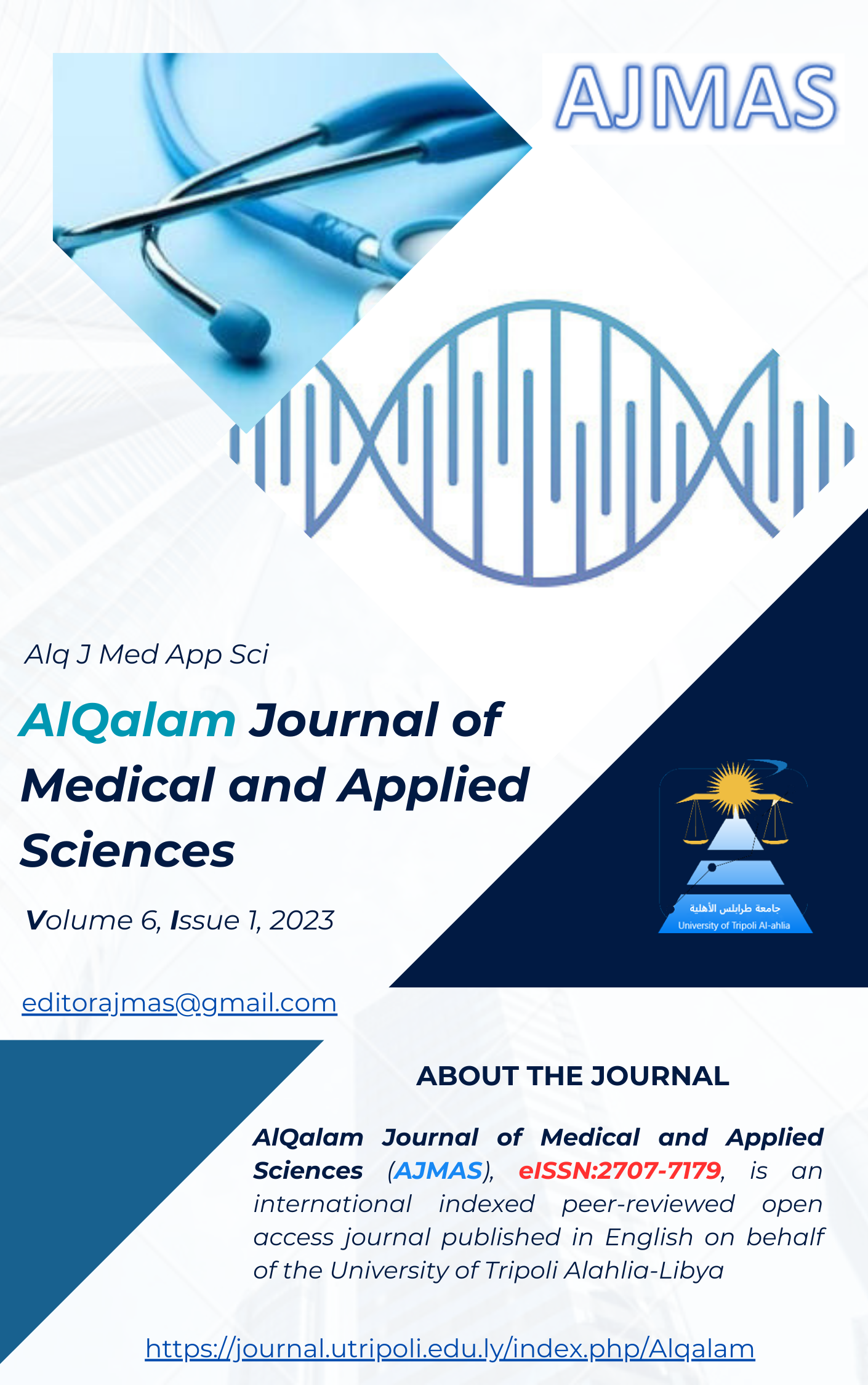Histological Study of Skin Growth in Albino Mice During Embryonic Life and After Birth
Keywords:
Histological Study, Skin Growth, Albino Mice, Embryonic LifeAbstract
Background and aims. According to importance the skin, because epidermis and its appendages provide a protective barrier that keeps microbes out and essential body fluids in. It receives daily assaults, including harmful ultraviolet radiation from the sun, and scratches and wounds. To do this, it depends on stem cells, which reside in the adult hair follicle, sebaceous gland and epidermis for the purpose of maintaining tissue homeostasis, regenerating hair and repairing the epidermis after injury. The aim of our studies was to focus on skin structure during development in fetal life and after birth. Methods. The development of the skin of mice was investigated during the embryonic life and after birth, using 64 fetuses ranging in age from 10 days to 21 days, In addition to After birth mice (age one week). The first sign of the skin development was indicated in 10 days' mice embryos as single layer of squamous to cuboidal cells. This epithelium merged directly without basal lamina with surrounding undifferentiated mesenchymal cells. Results. The early embryonic formation of the skin of the head and neck of mice was at the age (10 days), the skin appears as a single layer of flat cells with oval nuclei, and with age the layer of epithelial cells increases in thickness. In embryos between 18 and 21 years of age, primordial hair follicles begin to emerge as a central density in the stratum basale of the stratum corneum, after birth, the primary follicle shows a hair canal, many of which contain hair. Some of these hairs have fully formed and come out from the surface, and the lower third of these follicles has become more coiled. Conclusion. Our study confirmed that the basal layer of the epidermis remains morphologically uniform. In the first stage, as the follicles develop, the skin becomes thicker, mainly due to an increase in the thickness of the dermis. Subsequent hair follicle differentiation and maturation is largely dependent on signals from the dermal papilla















